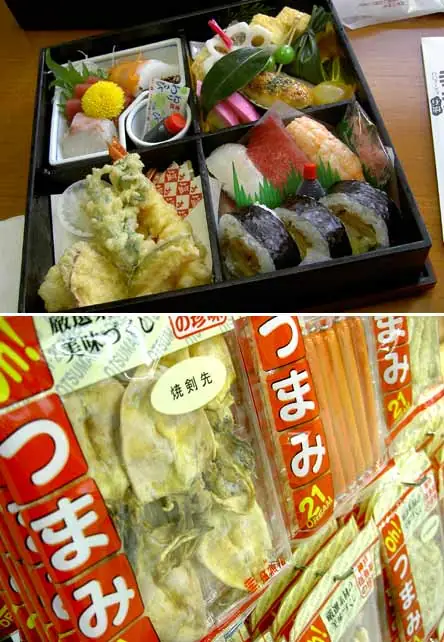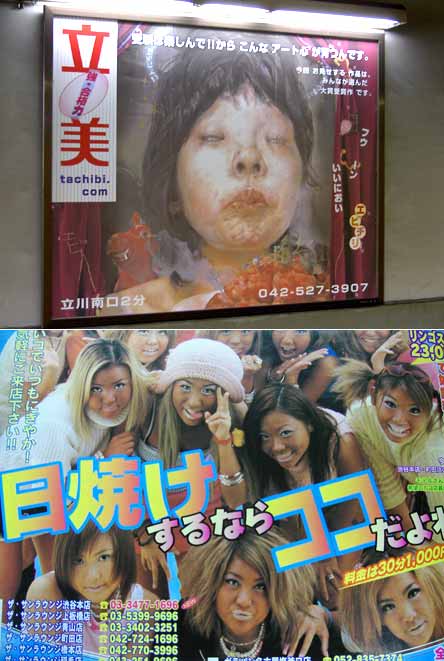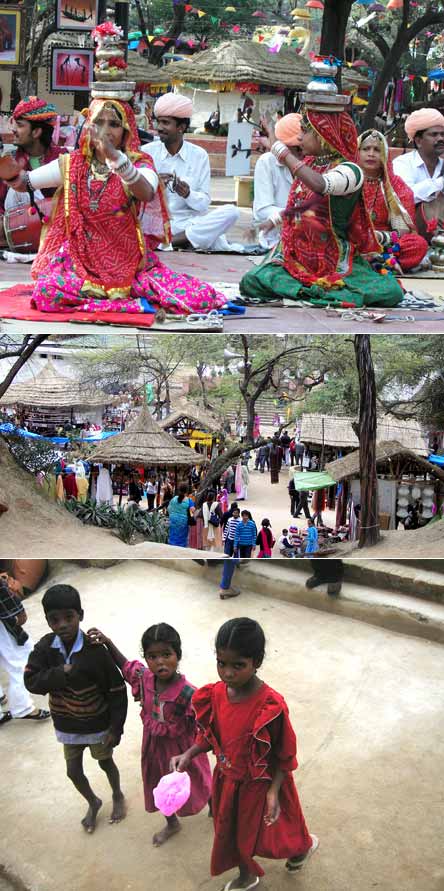
Japan and India. The first thing that comes to a European’s mind at the thought of these two countries probably is: “wow, they’re so far from here, so different!”. They’re not only far and different from where we live, there’s distance, in terms of space as well as in terms of culture, also between them.
Landing in Tokyo, we soon had a taste of Japanese lifestyle talking with Paul, a Canadian who’s been living in the land of the samurais for two years now, who we met on the bus taking us from the airport terminal to the centre of the city. He speaks 7 languages including a perfect Italian (even though he’s not so satisfied with it), and he really helped us out with general behaviour notions to remember and places to visit.

Every one of us catches different details when they land in a new place, apart from when certain things are so different from where you live that they must be the first things to stand out. Cleanliness in Japan stands out. You won’t find the smallest piece of paper nor anything definable as “trash” on the ground. Train and metro stations are really on another planet if compared to our standards…ever seen yourself reflected on the floor tiles while waiting for the subway? Once you get used to it, the second thing you notice is politeness. For the Japanese, helping your neighbour or who asks for your help is a matter of principle. It’s not only about being polite and respectful, as instead just really behave as you would like the others to behave with you. You never feel like you are putting someone to trouble by asking any kind of questions, and they always try not to make you feel embarrassed or feel out of place.

Is Japan technology? Maybe Tokyo is not that kind of Blade Runner – style city we usually think of…but high-tech is definitely part of the life style there. Try and go to Akihabara, and you will see one of the biggest concentrations of tech shops in the world. Dozens of them side by side with a huge selection of digital cameras, handycams, stereos, mobile phones, and a series of other strange goodies that will probably never reach our shores. For Fabio (Multimedia) and it was a real feast for the eyes, and walking in and out of shops we almost lost the sense of time, arriving late to an appointment with Barbara in the hotel. But I bought a digital camera! So some of the photos you see are mine…
The toilet. The first encounter with a Japanese bathroom is one of those you’ll never forget. Trust me. You enter, take a look at the bowl, and realize there’s a strange kind of console at the side of it with a few buttons on it. You sit down, do what you have to, and then you look at that pretty “sprinkle” drawing on top of one of the buttons, thinking you found the flush. You press…feel a “buzz” sound…and then a sprinkle of water hits directly (I mean, directly…) your bottom and you feel embarrassed, stupefied, and look around searching for someone coming out of the closet saying “smile, you’re on candid camera!” Almost all toilets in Japan have these buttons for you to “clean your lower parts”. It’s like an integrated bidet. In public toilets, ladies even have a music button, so they won’t be embarrassed if they make noises while retired. I have to admit it though: I never tried the sprinkle. I’m reporting what my travel mates told me. Me, I never had the courage to press that button…
Among the other dozen things I could tell you about Japan (I’d need a lot more space than the one they’re giving me here), I have to mention food. Sushi, sashimi, tempura, maki. Guys, that’s just the tip of the iceberg: in Japan you get the chance to eat some of the most amazing foods ever! And you won’t be able to go back home and cook them on your own, ‘cause you won’t have a clue of what you’ve been eating! Fabio and I, on our first night in Tokyo, found a traditional Japanese restaurant, with wooden sliding doors and all the rest. We sat down and ordered a complete menu after a long struggle with a very polite waiter who however didn’t speak a word of English. A few minutes later, there you go with a series of amazing plates with amazing foods we would touch with our chopsticks (like “WHAT ON EARTH is this?”) and study with our nostrils, while the waiter would kindly help us out on how we had to eat. It was all so delicious, but what we ate, nobody (apart the waiter) really knows…

Flying from Tokyo to New Delhi is like passing from one extreme to another. The two countries are far from being similar in almost anything. In New Delhi you turn a corner and find yourself thrown back a hundred years, with embroidery markets, colours, saris, turbans and crafts you thought nobody practiced anymore. Traffic is something that one has to see to fully understand. The use of the horn is constant, it’s a sort of “hey, I’m over here!” sign that drivers use while they rush in the streets in the middle of all sorts of vehicles (from handcarts to bicycle driven carts, three – wheel taxis, cows, old vespas, old buses and many more…). There appears to be no rules in the street concerning where you have to pass another vehicle, stop at crossroads, or speed limit. So for us moving in the streets was a sort of everlasting thrill, wondering how can Indians manage not to crash all the time…
The streets in New Delhi are packed with people, vehicles and shops of all kinds. Walking in the centre of old Delhi for example, apart from feeling like you’re plunging into the past, means that you have to watch out all the time while people ask you to move aside to let them pass with their carts, motorcycles or simply with packs loaded on their shoulders. So while your eyes catch details and curiosities in shops and in faces, at the same time you have to move out of the way as others pass and cross each other. Chaotic, colourful and out of time.

The fabric shop we went to in old Delhi with the Indian ex-finalists (Arunabh, Amit, Ajit and Darshan) was amazing. You would step in, take your shoes off at the entrance, sit down in front of the salesman, and he would start taking out, according to what you asked for, dozens and dozens of items matching your request. We asked for saris and pashminas, and had to stop the salesman from taking out more because we were getting confused from the variety! Our friends also took us to an annual crafts fair outside Delhi on our last day in India, where we spent a whole day and all our money in handicrafts (personally, I spent all my money in pashminas here…I bought a whole load of these!), and had a look at some traditional spectacles. We then made our friends laugh because of our fascination for monkeys, so common for them as they were uncommon for us.
Being busy with appointments in schools and meetings with the press, we obviously did not get a chance to really get inside the lifestyle and culture of Japan and India. We just had a taste of it. And it was so new, so fresh, so different from all the things we consider common, that the desire to go back and travel around in these countries, this time for a longer period and on a holiday, is big. Maybe when all the months that still separate us from ITS#FOUR will have passed, and we will have done all the work that still has to be done, we will have some time for ourselves to think about it…Anyway, what we had the privilege to see and experience in Japan and India goes in the “unforgettable” section.
